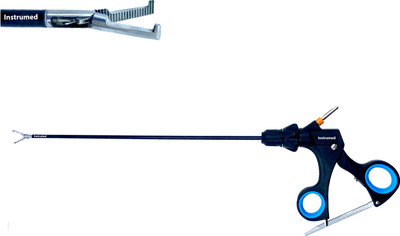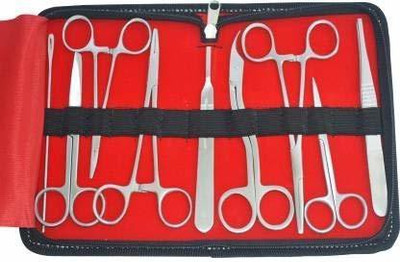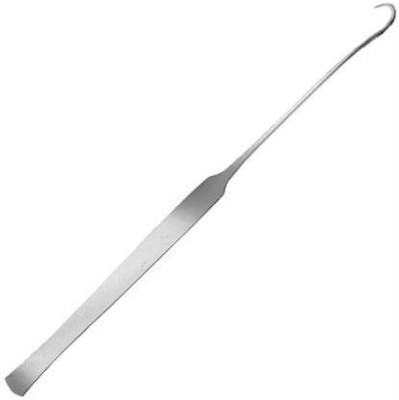
tsw Laparoscopic Veress Needle Pneumoperitoneum 180mm Surgical Instrument Trocar (180 mm)
Share
tsw Laparoscopic Veress Needle Pneumoperitoneum 180mm Surgical Instrument Trocar (180 mm)
Be the first to Review this product
Extra ₹83 off
₹916
₹2,000
54% off
Available offers
T&C
T&C
T&C
T&C
Delivery
Check
Enter pincode
Delivery by20 Nov, Thursday
?
View Details
Highlights
- Diameter:- 2.5mm
- Length:- 180mm
- Material:- SS
- Ergonomic
- Autoclavable
- Sterilization
- Reusable
- Durable
Services
- Cash on Delivery available?
Seller
Description
A laparoscopic Veress needle is a crucial instrument used to establish pneumoperitoneum during minimally invasive surgeries. This needle allows for the safe and efficient introduction of carbon dioxide gas into the abdominal cavity, creating the necessary space for laparoscopic procedures. Its spring-loaded, blunt-tipped design reduces the risk of injury to internal organs and blood vessels while ensuring proper placement within the peritoneal cavity. Essential for procedures such as cholecystectomy, appendectomy, and bariatric surgery, the Veress needle facilitates optimal visibility and maneuverability for surgeons. By mastering the use of a laparoscopic Veress needle, medical professionals can enhance procedural safety, reduce patient recovery time, and minimize postoperative complications.
Read More
Specifications
In The Box
| Number of Trocar |
|
General
| Brand |
|
| Model Number |
|
| Diameter |
|
| Material |
|
| Length |
|
| Net Quantity |
|
| Is Fragile |
|
Dimensions
| Other Dimensions |
|
Additional Features
| Other Features |
|
| Key Features |
|
Be the first to ask about this product
Safe and Secure Payments.Easy returns.100% Authentic products.
Back to top










